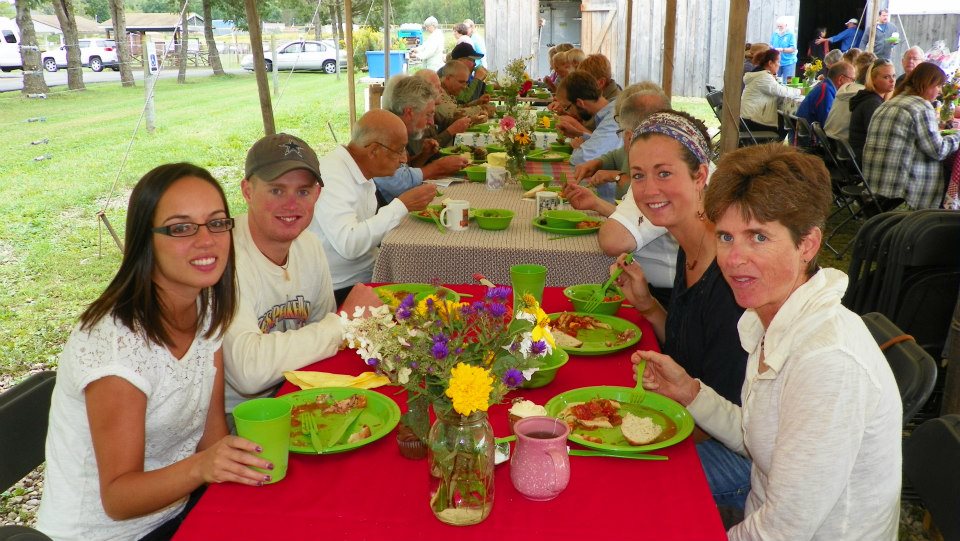Cassidey Kavathas/ The Bona Venture
The weekly farmers market in Bestor Plaza at Chautauqua Institution fills with customers Tuesday mornings.
BY CASSIDEY KAVATHAS, EDITOR-IN-CHIEF
Forget about chain grocery stores and invest in community, health and your pocket by shopping at farmers markets.
Yes, even forget Wegmans, a chain known for high-quality produce, for those native western New Yorkers like myself.
The United States has more than 8,600 farmers markets with over 400 in New York. The accessibility and quality checks out but is there a want for these markets? With the COVID-19 pandemic, food insecurity skyrocketed. When the supply chain couldn’t keep up, farmers markets filled in the gaps.
Farmers markets have become a critical part of local economies year round. Local, small-time farmers can’t keep up with industrialized farming, but farmers markets support them in every step. Spending money at local farmers markets keeps that money in circulation throughout the community while creating and preserving jobs. This drastically differs from chain grocery stores where a large part of profits leave the community. In 2017, American farmers who sold to grocery stores received 17.4 cents of every dollar of profit where at farmers markets they receive full profit. Farmers markets provide a opportunity to develop a personal relationship with the person growing the food on your table.
Farmers markets sell in-season produce unlike chain grocery stores that sell almost everything. More than 85% of farmers market vendors travel fewer than 50 miles to sell their produce; this guarantees freshness. Most grocery chains sell produce that traveled seven to 14 days since harvest. Local farmers can select plants based on quality and flavor first without worrying about shipping and shelf life. Farmers markets have a higher likelihood to carry organic, non-GMO and natural produce compared to chain grocery stores.
A common misconception surrounding farmers markets details the use of cash only. While some vendors only accept cash, a majority accept other payment methods including credit and debit cards. Like grocery stores, farmers markets accept federal food assistance programs such as Supplemental Nutrition Assistance Program (SNAP) and Special Supplemental Nutrition Program for Women, Infant and Children (WIC). In the past five years the amount of SNAP dollars spent at farmers markets have nearly tripled.
While prices can vary, farmers markets sell similar produce as their grocery store competitors at lower costs. Customers of farmers markets have the added opportunity to buy fresh, in-season produce in bulk to preserve for later use out of season. This saves money in the long run as out-of-season from a grocery store has lower quality and higher cost.
Eat in season. Build community. Save money. Don’t forget about local farmers.
kavathcj20@bonaventure.edu







